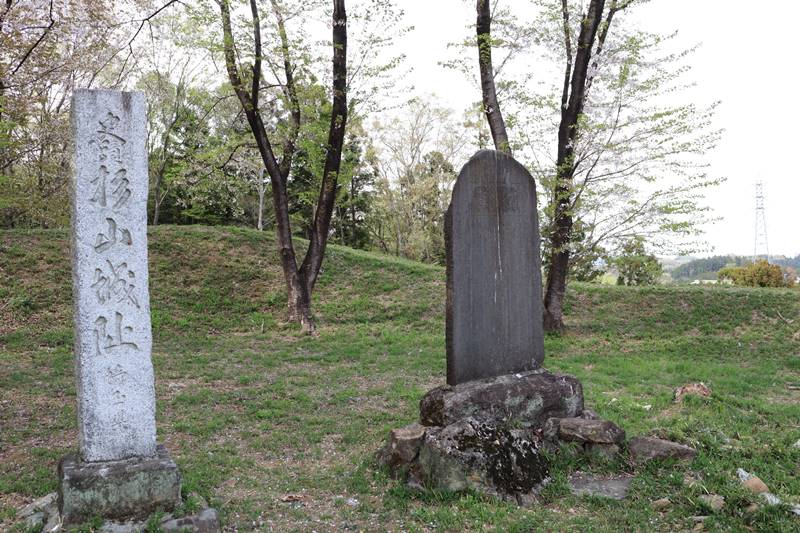This is all about Sugiyama Castle Ruins you want to know.
Every information you get on this site will be from a credible source based on Japanese history (books for reference).
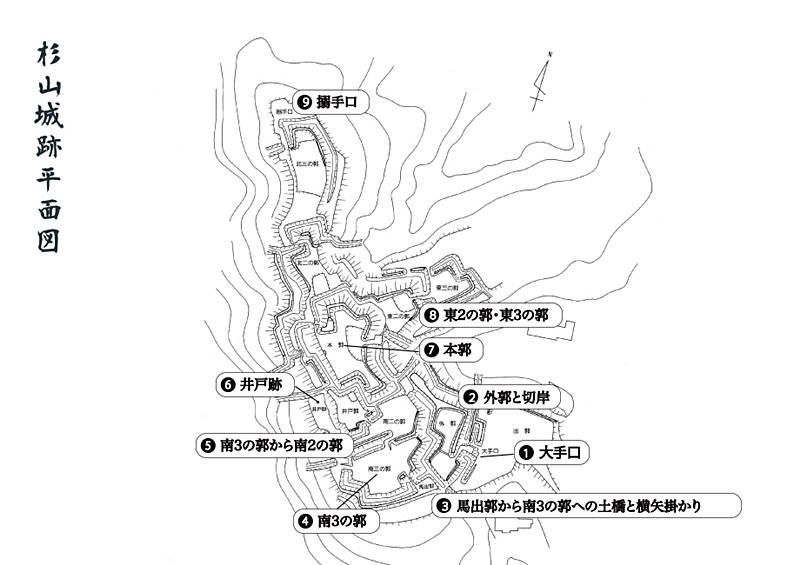
①Main gate ② Outer Kuruwa and Kirigishi (bluffs) ③Dobashi (bridge) and Yokoya-Gakari heading from Umadashi-Kuruwa to Third south Kuruwa ④Third South Kuruwa ⑤ Second Kuruwa to Third Kuruwa ⑥Ruins of well ⑦ Main Kuruwa ⑧Second&Third East Kuruwa ⑨Back gate
In the section of the castle, there are "Honmaru", the center of the castle where the castle owner's palace and castle tower are located, "Ninomaru" adjacent to it, and "Sannomaru" on the outside. The space where they are separated is called ”Kuruwa”. Sugiyama Castle has about 10 Kuruwas in the direction of north, east, and south in a ladder-like pattern.
Profile : Sugiyama Castle Ruins
| Location | Arashiyama-chō, Hiki district, Saitama Prefecture |
| Also known as | Hatsugari Castle |
| Type of castle | Mountaintop |
| Mountain's name | No common name |
| Elevation | ー |
| Condition | Ruins |
| Designation | National Historic Sites |
| Year built | Unknown |
| Abolished | Unknown ※existed around 1520 |
| Castle lord | Yamanouchi-Uesugi Clan |
| Refurbishment lord | Unknown |
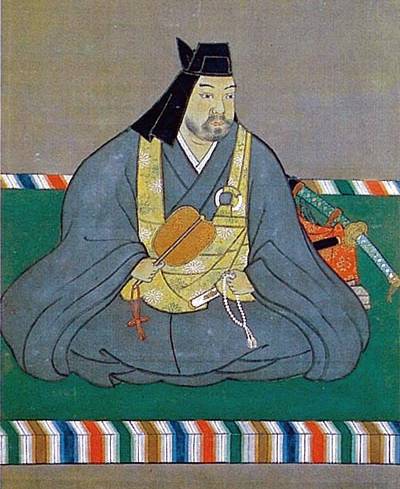
One of the most famous Sengoku warlords, the 16th head of the Yamanouchi-Uesugi Family.

The family crest was originally created from the pattern that the emperor and the royal family put on the kimono, and the pattern was made into a fixed pattern, and the one attached to his own oxcart is said to be the beginning of the family crest. The warlords drew large crests on the flag-fingers, used to distinguish enemy views on the battlefield, and used by the generals to determine which warlords were active and how much.
Sugiyama Castle admission
admission fee : free
admission time : free
closing period : reference official site
Sugiyama Castle Google Map
Sugiyama Castle Images
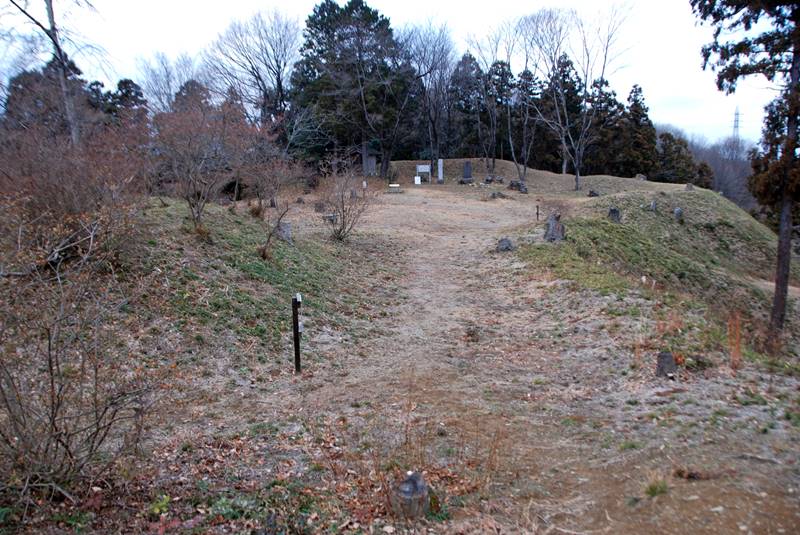
"Yamashiro"(= Mountaintop style castle) during the Warring States period was a fortress in preparation for actual battle. In order to intercept a large number of enemies, the Kuruwa, which is divided by the earthwork and the Karabori(=Trench), is placed in a stack while making use of the height difference of the mountains to prevent them from coming up easily and fight back. The site of Sugiyama Castle is at the top of the mountain overlooking the "Kamakura Highway" across the Ichino River. It is a territory of Yamashiro during the Warring States period, with approximately 10 Kuruwas arranged within a narrow area of approximately 140,000 ㎡, expanding the Kuruwas in 3 directions centering on the main kuruwa. In addition to using a lot of bending on the base line to make the line of sight worse for the enemy so-called bending strain. The side of the Kuruwa is a cliff made artificially by cutting a slope called "Kirigishi". It is designed to prevent climbing up slopes and enemy troops invading. (Plan view of Sugiyama Castle above ②)
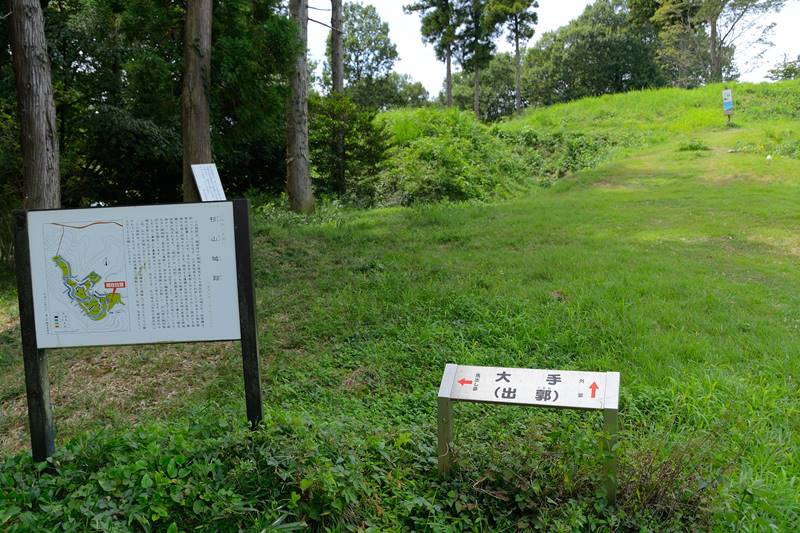
At the Koguchi (protected entrances and exits), you can see defense facilities everywhere, such as a horizontal arrow that shoots an arrow from the side in the approach direction. Almost without exception, these advanced castle-building techniques are highly evaluated and are said to be one of the "textbooks on castle construction" and "one of the masterpieces of the Warring States period castle."

The area around the major entrance (the entrance to the castle ) has a very complicated structure. You can enter the outer wall by going through the gate and climbing a narrow passage to the left from the outside, but there is a high earthwork standing in front of it, and a deep empty trench on the left side is L-shaped. Enemy soldiers trying to enter the castle can shooted by arrows from the side. The well kuruwa is located below the well to protect it from enemy's attack. Also, the trench were arranged intricately and intricately, and even if it was a maze that was confusing for the enemy, it also functioned as a passage for the ally to contact the main functional parts by hiding the enemy's eyes.
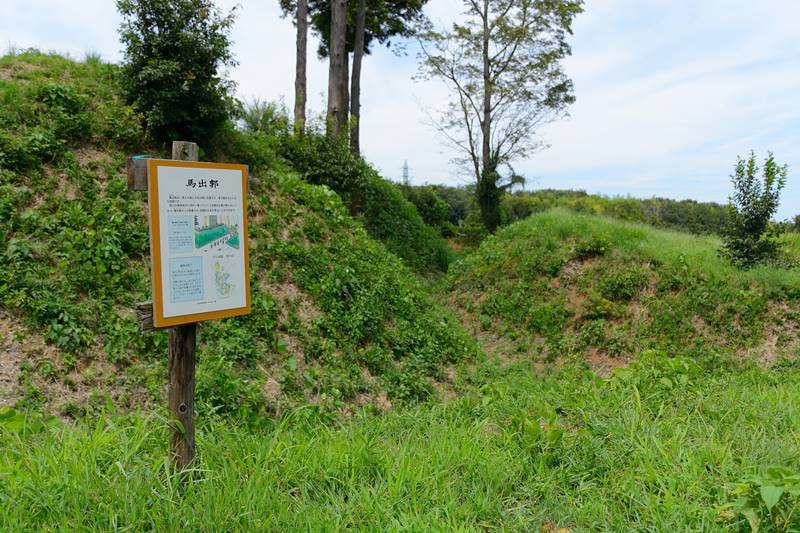
On the other hand, there are many unclear points about the castle owner and the age of the castle. However, by excavation research from 2002, In the middle of the Warring States era, it was discovered that the castle was built during a conflict involving the entire Kantō region by Yamanouchi Uesugi Family and Ōgigayatsu Uesugi family. In addition, according to the history of literature, it is said to be a castle of the time of the "Sugiyama no Jin" around 1520, based on ”Letter by Ashikaga Takamoto". In 2008, it was designated as a National Historic Site by the Hiki Castle Ruins, and has become a hidden tourist spot visited by researchers, castle lovers, and history fans from outside the prefecture.
Link-1 : A castle closely related to Uesugi Kenshin
【north japan】Kasugayama Castle 【north japan】Nanao Castle 【east japan】Odawara Castle 【north japan】Yonezawa Castle 【east japan】Sugiyama Castle
Link-2 : Hiki District Castle Ruins
【east japan】Sugaya Yakata 【east japan】Matsuyama Castle 【east japan】Ogura Castle 【east japan】Sugiyama Castle
